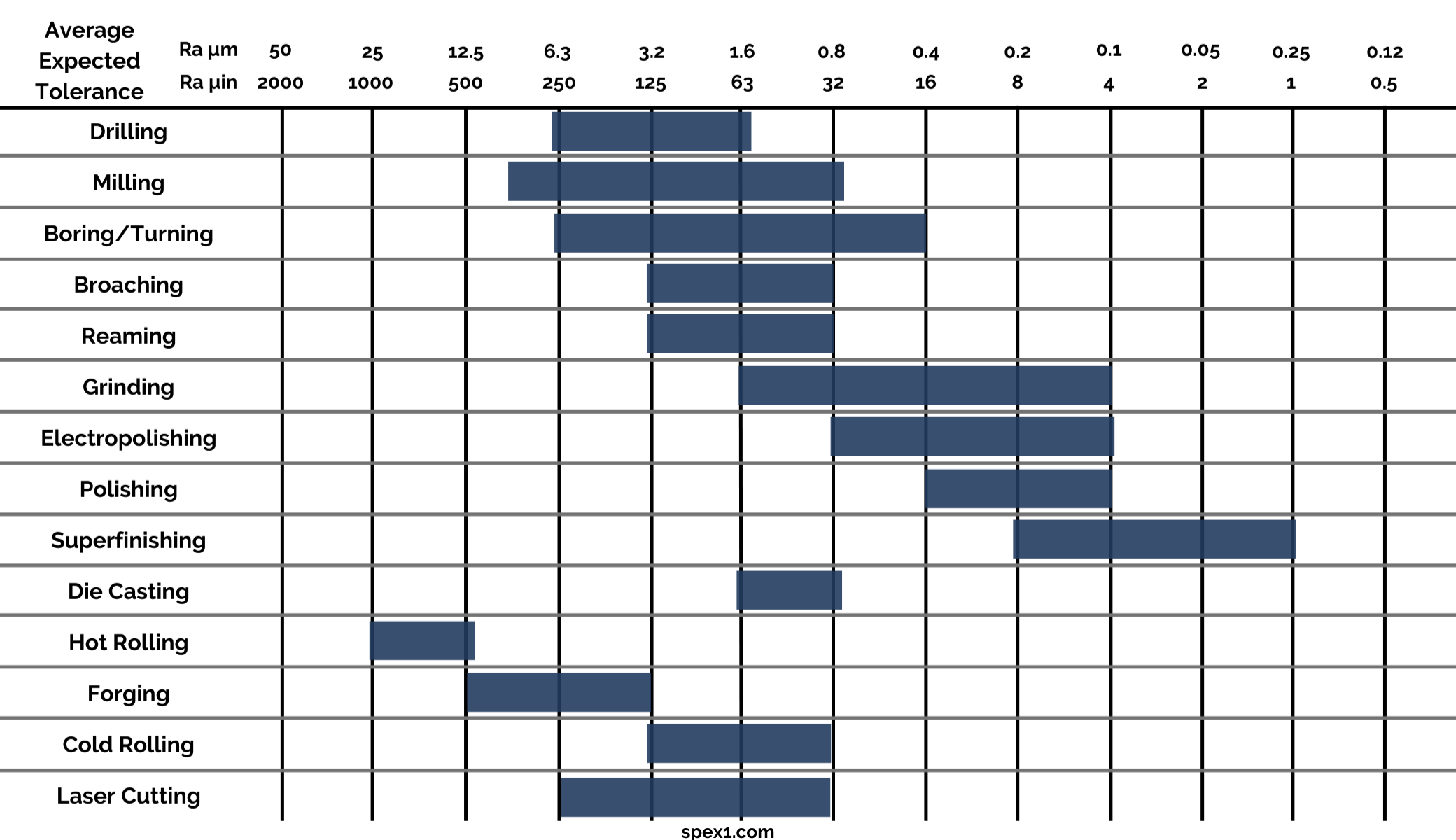When you're sourcing a critical component, the details matter. You're focused on material specs, tight tolerances, and on-time delivery. But what about the part's surface finish? It might seem like a minor detail, but the texture of a machined surface can be more important than you think.
Any time metal parts are machined, there is a level of roughness on the part surface. The level of roughness varies depending on the manufacturing process used, part design, material, and secondary operations.
The surface finish impacts the part’s corrosion resistance, friction and durability, adhesion of coatings and paints, and the visual appeal.
A smooth finish has benefits like less friction, and less chance of surface irregularities. On the other hand, a slightly rougher finish makes it easier to apply paint or coating to the part.
The surface finish or roughness of a part is measured in Micrometers, which are 1/25400 inches. These very small differences in roughness can have a significant impact on your parts, so it’s important to understand.
This guide breaks down what you need to know to specify the right surface finish for your project, helping you avoid unnecessary costs and enhance your product's quality.
You can often feel the difference between a very rough and a very smooth part, but how do you guarantee a specific finish meets a tight specification?
Accurately measuring microscopic peaks and valleys on a part's surface requires specialized equipment. It ensures that the parts you receive meet the exact requirements for friction, wear, and performance.
While there are various methods, the most common and reliable tools in precision machining include:
Relying on proven, calibrated measurement tools is a core part of our quality assurance process.
The surface of the part is just as important as the material that’s used for the part. Just like you need to understand the differences between aluminum, stainless steel, or copper, you also need to understand the various surface finishes.
The surface finish of the part impacts the effectiveness of the part and how it works with the other components it touches.
Here are a few reasons why the right surface finish is essential:
There are many different ways to manufacture parts. Each manufacturing process is designed to produce a usable surface finish. Each process has an expected surface finish tolerance. For example, broaching offers an expected surface roughness of 0.8-3.2μm. In some cases, a secondary process like grinding or polishing is needed to reduce surface roughness.
In metal forming, when a metal is poured into a die or mold, the surface of the die determines the surface of the part.
When the metal is cut, like in a CNC machine or lathe, the surface finish is determined by the hardness of the metal, the cutting speed, and the cutting tools. A harder metal needs to be cut with sharper tooling, and that needs to be changed out more often.
Usually a smoother surface finish means higher manufacturing costs. But, in cases where a smooth finish is a priority, it means the part will last longer because of reduced friction.
Here are some of the expected surface roughness levels for different manufacturing processes:

You might be wondering what surface finish you need for your part. Each project is unique, but this chart can help you decide.
Spex is an ISO 9001:2015 certified precision machine shop in Rochester, NY. We machine thousands of unique metal and polycarbonate parts every month for different industries around the world. Reach out to our team to see if we can help with your next project.